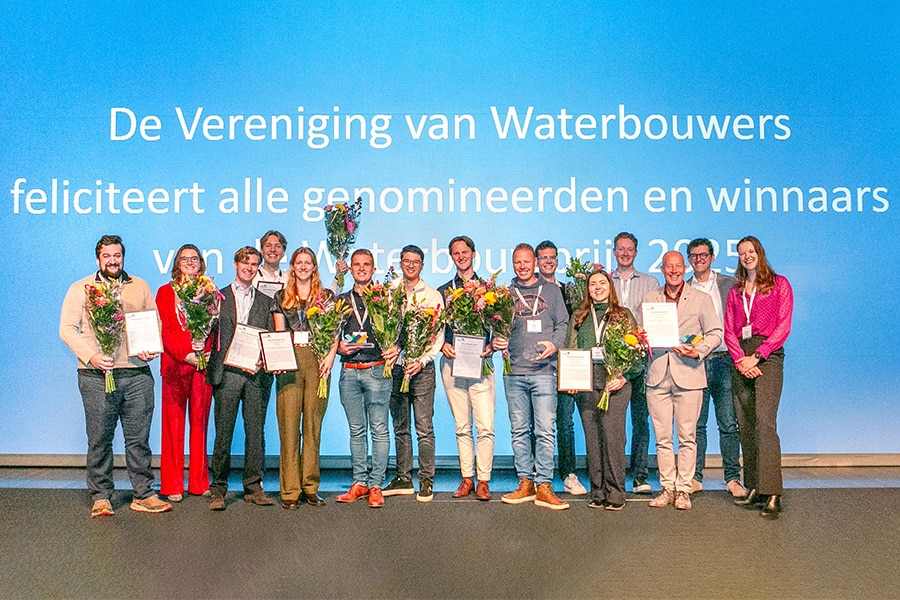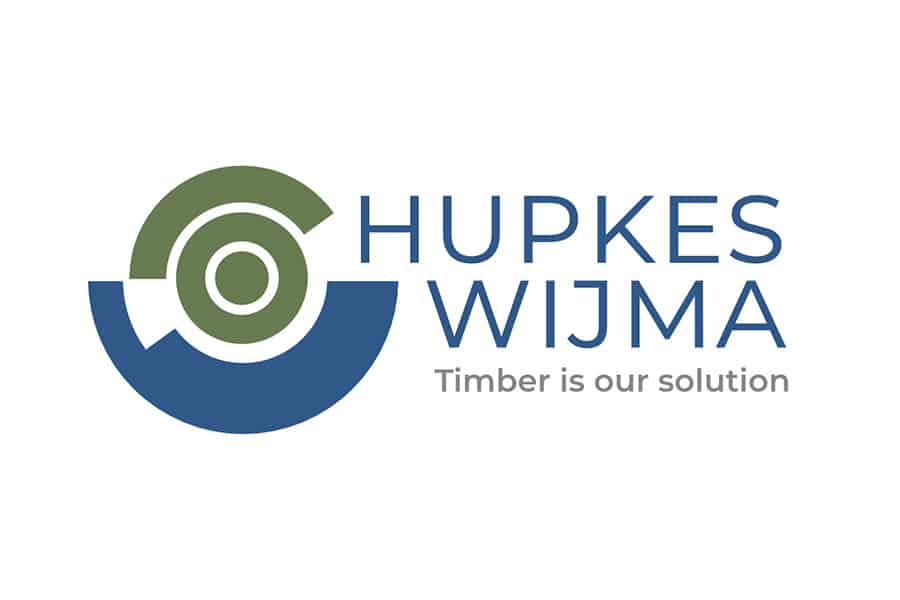
Environmental nuisance tool: noise and vibration mapping
Construction work always involves noise and vibration. This is not a problem until it causes nuisance or even damage. To prevent this, it is necessary to map noise and vibration nuisance around construction activities in advance. If you have a picture of the nuisance caused by different designs and construction methods, you can make a well-considered choice between design variants, implementation methods and equipment to be used.
The problem: inconsistent noise and vibration models
In the current market, noise and vibration are often considered as two separate aspects, whereby party A advises on noise pollution using model X and party B advises on vibration pollution using model Y. The different models do not work together integrally and use different starting points. The various models do not work together integrally and use different starting points, making it difficult to arrive at an unambiguous approach to noise abatement. Indeed, conflicts can arise between the different opinions. As a result, it is often time-consuming and labor-intensive to optimize the construction process for noise and vibration.
The solution: an integral nuisance tool
Integral consideration of noise and vibration creates harmony between the noise and vibration model. This is the premise of the environmental noise tool developed by We-Boost. The tool uses a single environmental model, which is automatically built using open data. On the basis of laws and regulations, supplemented by practical knowledge, the tool provides valuable guidance for limiting noise and vibration nuisance. This allows for better informed deliberations. Because fewer parties are involved in the analyses, the lines of communication are also shorter and changes can be made more quickly.
This integrated environmental nuisance tool is widely applicable. Clients can test and optimize the impact of their plans on the environment at an early stage. Contractors can substantiate the choices they make to limit nuisance during the preparation, during the permit process for construction work or even during tenders.
Below we explain four applications of the nuisance tool:
Application 1: nuisance keys
With the nuisance tool you can automatically and quickly test whether planned work fits within the legal framework for vibrations and noise. This makes it immediately clear where possible bottlenecks are. In the environmental model, the effects of the soil structure and the presence of any water features and vibration screens are taken into account when determining the vibration levels. And the model takes into account shielding objects, such as buildings, noise barriers and ground bodies. The output is supported by simple visualizations.
Application 2: weighing working methods
You can also use the annoyance tool as support when choosing the optimal working method. By mapping out the consequences of a work method for both vibration and noise, you can make a well-considered, objective and thus strongly informed decision.
Application 3: weighing measures
In the Annoyance Tool you can calculate various measures. For example, you can test how effective a mobile noise barrier or electrical equipment is in limiting noise pollution at the construction site. To limit vibration nuisance, it is possible to calculate the effect of an excavation trench or installing polystyrene foam in the ground. This allows you to substantiate the effectiveness of your approach even in a tendering phase.
Application 4: nuisance planning
By including the schedule of work in the analysis, it is possible to examine - down to the hour level - when inconvenience will occur. This makes it possible to properly inform local residents and other stakeholders in the area in a timely manner. Furthermore, it can be determined whether a combination of several activities is possible, or whether they must be spread out in time in order to comply with legal frameworks. By taking this into account, extra costs can be avoided, such as the unnecessary installation of a temporary noise barrier.
We of Brave & Boost would be happy to advise you further on the use of the environmental nuisance tool. The tool was developed by our sister company We-Boost Data. More information can be found here.
![[Vacancy] Civil Advisor at Spaarnelanden 1](https://gww-bouw.nl/wp-content/uploads/2025/12/Naamloos-2-kopie.jpg)



